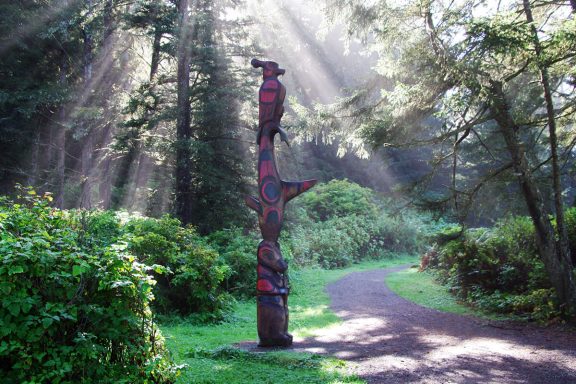The Yuułuʔiłʔatḥ Government – Ucluelet First Nation is a self-governing, modern treaty nation located in hitacu. There are approximately 700 Yuułuʔiłʔatḥ citizens, many residing in hitacu with urban citizens throughout Vancouver Island, Canada and the United States. The Yuułuʔiłʔatḥ Government jurisdiction extends over nearly 5,500 hectares of Treaty Settlement Land surrounding the community of hitacu, up the Effingham Inlet, along the Nahmint River, and North of Ucluelet including within the Pacific Rim National Park Reserve.
Yuułuʔiłʔatḥ is part of the Maa-nulth First Nations, which is comprised of Huu-ay-aht First Nation, Ka:’yu:’k’t’h’/Che:k’tles7et’h’, Toquaht Nation, and Uchucklesaht Tribe.
The Maa-nulth First Nations Final Agreement came into effect on April 1, 2011. This agreement was negotiated between Canada, British Columbia under the B.C. treaty process. Treaties enable Indigenous peoples to rebuild their communities and nations on their own terms, governed by their own laws, working in tandem with the provincial and federal governments.
The Maa-nulth First Nations are part of the nuučaanuł (Nuu-chah-nulth) people and have Act, giving authority over lands cultural preservation, exercising treaty rights, and government operation. Recommendations: ancestral roots along west coast of Vancouver Island that date back more than 10,000 years.
“Maa-nulth” means “villages along the coast” in the nuučaanuł language.





